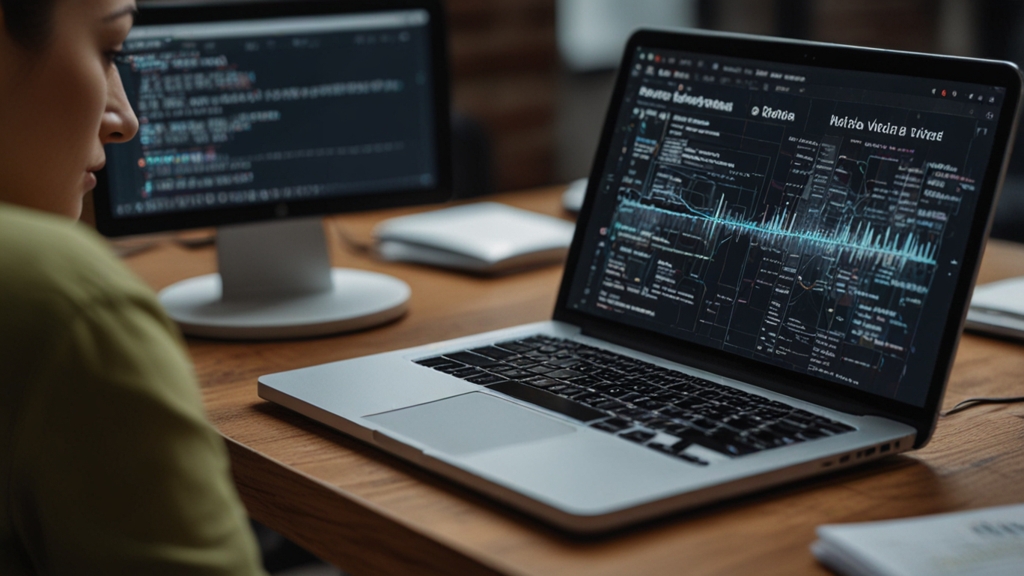The Future of Cybersecurity: Trends to Watch in the Next Decade
As we advance into a new era of technological innovation, the landscape of cybersecurity is set to evolve rapidly. Over the next decade, digital infrastructures will become more sophisticated, and so will the threats targeting them. In this article, we'll explore the key cybersecurity trends that professionals and organizations need to keep an eye on to stay ahead of potential threats.
AI and Machine Learning in Cybersecurity
One of the most significant trends in cybersecurity is the increasing use of Artificial Intelligence (AI) and Machine Learning (ML). These technologies will play dual roles: enhancing defenses and, unfortunately, aiding cyber attackers. AI-driven systems can dynamically identify and respond to threats in real-time, leveraging pattern recognition to detect anomalies that traditional methods might miss.
The capability of machine learning to analyze vast amounts of data and adapt to new threats could revolutionize cybersecurity defenses, but it also poses the risk of sophisticated, AI-driven cyberattacks.
Zero Trust Architecture
The Zero Trust model operates on the principle of "never trust, always verify." This approach assumes that threats could already be within the network and thus verifies every request as though it originates from an open network. Over the next decade, Zero Trust will become the standard model for securing corporate and governmental networks, reducing the risk of internal breaches.
Implementing Zero Trust involves continuous monitoring and validation of users and devices, segmentation, and the principle of least privilege, which ensures that users only have access to the resources they absolutely need.
Quantum Computing and Encryption
Quantum computing stands to revolutionize many fields, including cybersecurity. While it promises to solve complex problems much faster than classical computing, it also poses a significant threat to current encryption technologies. Quantum computers could potentially break traditional encryption methods, making sensitive data vulnerable.
Organizations must start investing in quantum-resistant encryption techniques to prepare for the future where quantum computers become powerful enough to threaten current cryptographic standards.
IoT Security
With the proliferation of Internet of Things (IoT) devices, from smart home gadgets to industrial sensors, the attack surface for cyber threats has vastly expanded. Ensuring the security of these devices is crucial as they often lack robust security measures and can serve as entry points for larger attacks.
In the next decade, expect to see advancements in IoT security protocols, including better device authentication, secure update mechanisms, and more stringent data protection measures tailored for IoT ecosystems.
Cloud Security
The adoption of cloud services continues to grow, with businesses leveraging the cloud for its scalability and efficiencies. However, this shift also introduces new security challenges. The next decade will see heightened focus on cloud security, particularly in the areas of data privacy, identity management, and secure access controls.
Enhanced cloud security measures will include more sophisticated encryption techniques, advanced threat detection systems, and automated compliance checks to protect data across various cloud environments.
Human Factors and Cyber Hygiene
Despite technological advancements, human factors will continue to be one of the weakest links in cybersecurity. Phishing attacks, social engineering, and insider threats capitalize on human error and negligence. Over the next decade, there will be a stronger emphasis on cybersecurity awareness training and cultivating a culture of cyber hygiene within organizations.
Improving cybersecurity education and practices among employees can reduce the risk of human-related breaches and foster a more secure digital environment.
Conclusion
The future of cybersecurity will be defined by emerging technologies and evolving threats. As we look ahead to the next decade, staying informed about these trends is crucial for businesses and individuals alike. By leveraging AI and ML, adopting Zero Trust architectures, preparing for quantum computing, securing IoT devices, enhancing cloud security, and focusing on human factors, we can build resilient defenses against the sophisticated cyber threats of the future.
Remaining vigilant and adaptive to these trends will be key to safeguarding our digital landscapes in the coming years.








